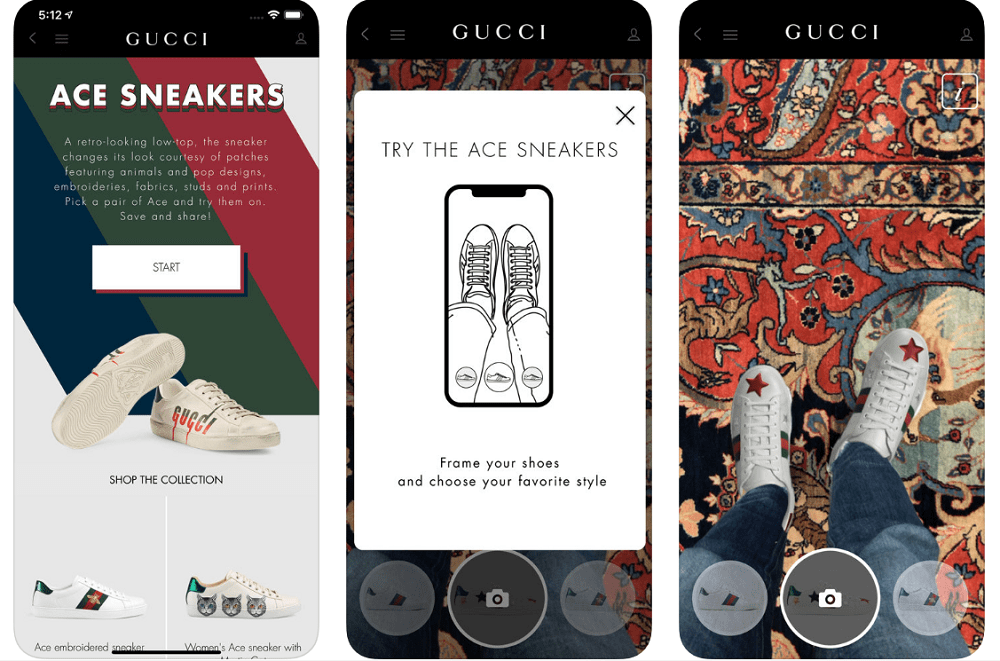Smartphone Analytics for Demographic Targeting: A Comprehensive Guide
As of June 2024, the average person spends 4 hours and 37 minutes on their phone daily, so harnessing smartphone analytics for demographic targeting has become a cornerstone of effective marketing strategies. As mobile devices continue to dominate the landscape, understanding how to leverage the data generated by these devices is crucial for businesses looking to optimize their marketing efforts. This article delves into the importance of smartphone analytics, how they can be used for demographic targeting, and the strategies that can be employed to maximize their effectiveness.
Understanding Smartphone Analytics
Smartphone analytics refer to collecting and analyzing data generated by mobile devices. This data can include everything from app usage and location tracking to user behavior and demographic information. By analyzing this data, marketers can gain deep insights into their target audience's preferences, habits, and characteristics.
One key component of smartphone analytics is the Mobile Advertising ID (MAID). This unique identifier is assigned to each mobile device, allowing advertisers to track user behavior across apps and websites. MAIDs are invaluable for gathering demographic data, enabling marketers to segment their audience based on age, gender, household income, and other factors.

The Role of Demographic Targeting
Demographic targeting involves using demographic data—such as age, gender, income level, education, and location—to create marketing campaigns tailored to specific population segments. With the rise of mobile devices, demographic targeting has become more precise, allowing businesses to reach the right people at the right time with the right message.
For example, an app targeting users aged 18-24 can use smartphone analytics to identify and engage with this demographic more effectively. By understanding this age group's specific behaviors and preferences, marketers can craft messages that resonate and drive higher engagement and conversion rates.
Key Demographic Segments
- Age Group: Different age groups exhibit varying behaviors and preferences regarding mobile usage. For instance, younger users may spend more time on social media apps, while older demographics might engage more with news or finance apps. Understanding these nuances is crucial for effective demographic targeting.
- Gender: Gender-based targeting allows marketers to tailor their campaigns to men's and women's unique interests and preferences. For example, a beauty app might target a predominantly female audience, while a sports app could target male users.
- Household Income: Income level is another critical factor in demographic targeting. High-income users respond better to luxury product advertisements, while lower-income users are more interested in discounts and deals. Smartphone analytics can help identify these income segments and tailor marketing efforts accordingly.

Leveraging App Data for Targeting
Mobile apps generate a wealth of data that can be used for demographic targeting. This data includes user location, in-app behavior, and purchase history. By analyzing this information, marketers can gain insights into which demographics are most engaged with their apps and how to better target these users.
For instance, if an e-commerce app finds that users in certain top cities are more likely to make purchases, it can focus its marketing efforts on these locations. Similarly, understanding the top languages users speak can help tailor content and ads to different linguistic groups, enhancing the user experience and improving engagement.
Conversion Rates and Engagement Metrics
Conversion rates are a critical metric in evaluating the success of any marketing campaign. By leveraging smartphone analytics, marketers can track how different demographic segments are converting, allowing them to optimize their campaigns for better performance.
For example, if a campaign targeting a specific gender or age group is underperforming, marketers can adjust their strategy to better appeal to that demographic. Additionally, metrics like impressions, reach, and engagement can provide insights into how well a campaign resonates with different target audience segments.
Strategies for Effective Demographic Targeting
- Use Location-Based Data: Location data can be a powerful tool for demographic targeting. Marketers can tailor their campaigns by analyzing where users are located to specific regions, cities, or even neighborhoods. This can be particularly effective for businesses looking to target local audiences.
- Segment Your Audience: Demographic segmentation is essential for effective targeting. By dividing your audience into segments based on age, gender, income, and other factors, you can create more personalized and relevant marketing messages.
- Leverage Mobile Device Data: The type of mobile device a user owns can provide valuable insights into their preferences and behaviors. For example, iPhone users may have different spending habits than Android users. Understanding these differences can help tailor your marketing strategy to different device segments.
- Utilize Behavioral Data: Beyond basic demographics, behavioral data such as app usage patterns, browsing history, and purchase behavior can provide deeper insights into your target audience. This data allows for more precise targeting and can improve the effectiveness of your campaigns.
- Monitor and Adjust Campaigns: Continuous monitoring of your campaigns is crucial for success. By tracking key metrics and analyzing the performance of different demographic segments, you can make informed adjustments to optimize your campaigns and improve ROI.
The Future of Smartphone Analytics
As mobile technology continues to evolve, the potential for smartphone analytics in demographic targeting will only grow. Advances in AI and machine learning will enable even more sophisticated analysis of mobile data, allowing for hyper-targeted marketing strategies tailored to individual users.
Moreover, integrating augmented reality (AR) and virtual reality (VR) into mobile apps will provide new opportunities for engaging with users in innovative ways. These technologies, combined with advanced smartphone analytics, will allow brands to create immersive experiences that resonate with their target audience on a deeper level.
Conclusion
Smartphone analytics for demographic targeting is a powerful tool for modern marketers. By leveraging the vast amount of data generated by mobile devices, businesses can create highly targeted campaigns that reach the right audience with the right message. Whether you're looking to engage with a specific age group, target a particular gender, or focus on users in certain top countries or cities, smartphone analytics can provide the insights you need to succeed.
In today's competitive landscape, the ability to harness and utilize this data effectively can be the difference between a successful marketing campaign and one that falls flat. As technology advances, the possibilities for smartphone analytics in demographic targeting will only expand, offering even greater opportunities for businesses to connect with their target audience.
TALK TO A PRO
We're here to bring your brand to life!
Stay Connected with BrandXR
Create Augmented Reality for Free!
Create, Publish, and Measure 3D Augmented Reality Experiences Without Having to Code.














